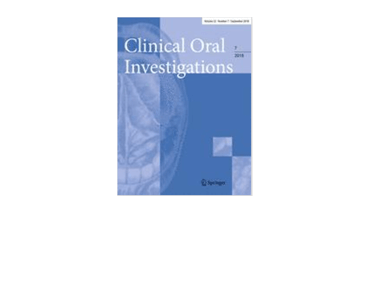Craniofacial growth in infants with deformational plagiocephaly: does prematurity affect the duration of head orthosis therapy and the extent of the reduction in asymmetry during treatment? F Kunz, T Schweitzer, A Dörr et al.
Date: December 2019. Source: Clinical Oral Investigations. https://doi.org/10.1007/s00784-019-03159-6. Objective: Although prematurity is a risk factor for developing deformational plagiocephaly (DP), to our knowledge, there are no studies that have analyzed the impact of a premature birth on the duration of head orthosis therapy and the extent of the reduction in asymmetry during treatment. Materials and…









